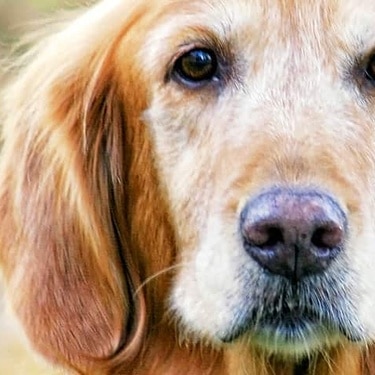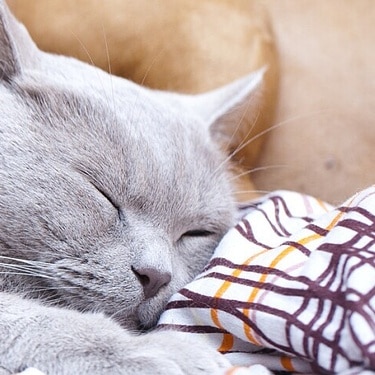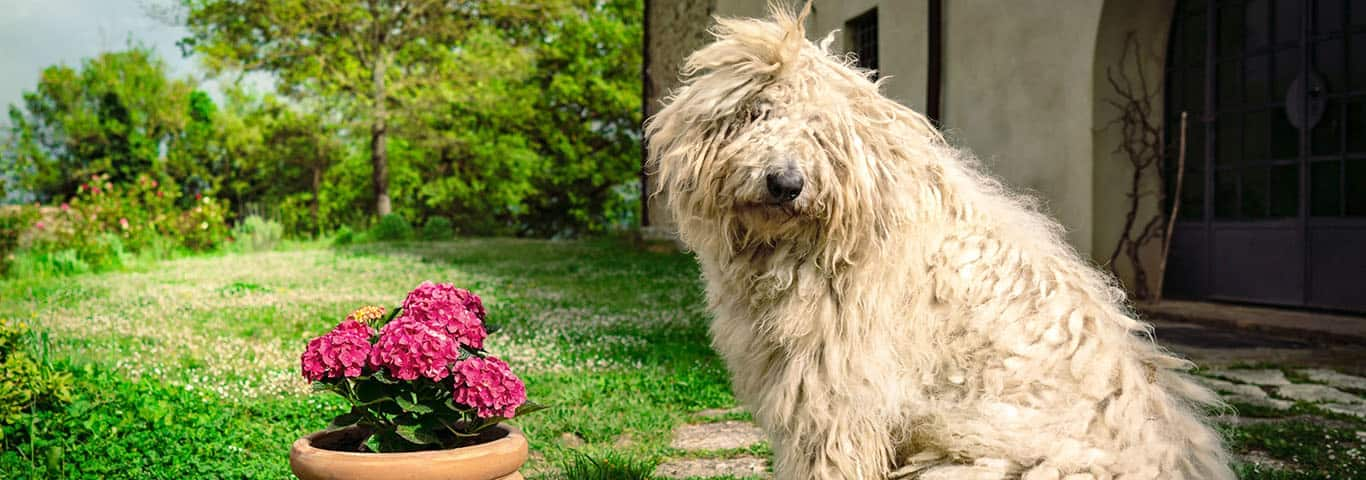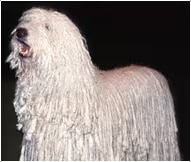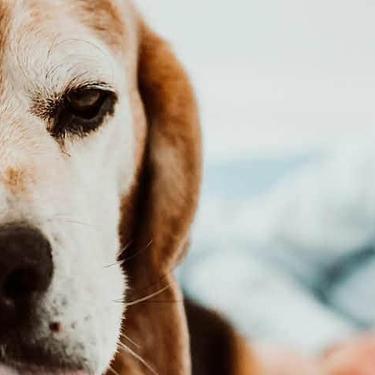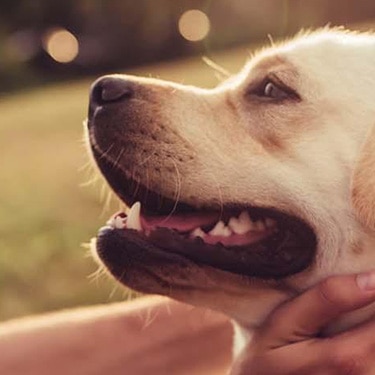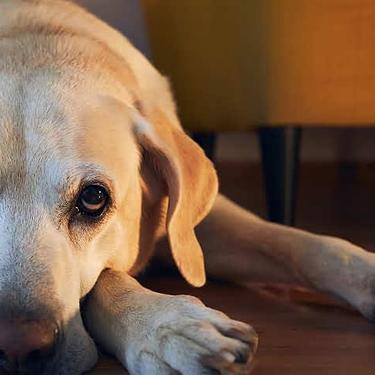Bred as a chief protector of herds, the Komondor is wary of strangers and fiercely protective. In households today, the Komondor serves as a dutiful guard dog for its human "flock" as well as a devoted companion.
The Komondor's early foundations in the open fields, where the dog was left to make working decisions on his own for the benefit of the flock, is a double-edged sword in many homes today. Although the breed is intelligent and has a keen instinct for protection, the Komondor's independent thought processes render this breed ill-suited to many households.
In spite of this caveat, the Komondor is a loving family dog who likes to keep its human "charges" in sight at all times, often following them from room to room. The Komondor is usually good with the children in the family and is adaptable to other pets. The ideal person for a Komondor is one who ensures that the character traits, which suited the dog to guarding livestock hundreds of years ago, do not become a liability today.
Coat care is one of the biggest challenges for Komondor owners. Matting and cording of the coat occurs naturally in early adulthood. During this time, the owner is advised to tear the larger mats apart into smaller mats in order to form tight cords. Once formed, the cords lengthen with age, reaching the ground if not cut.
Twice a year, the undercoat is shed. At this time, the cords must be manually separated to prevent them from matting together near the skin. This is a rather simple process that only requires a few hours of work each year. The cords should also be maintained weekly to keep them neat. The hair should be plucked from the ear canal as needed, and the bottoms of the feet trimmed.
Many guardians prefer to keep the cords trimmed to a length of eight to 10 inches, since a floor-length coat can be difficult to keep clean. The dogs should also be sheared two or three times each year and bathed regularly to prevent dirt from collecting in the tassels. Bathing and especially, drying, takes a long time.
Training the Komondor and monitoring the dog's behavior is another challenge. The Komondor guardian must consistently direct the dog during puppyhood, teaching it to follow orders and abide by the master's decisions. Obedience classes should begin once the dog is four to eight months of age. The Komondor must also be socialized as a puppy if he is to interact well with people and other pets in the future. Because the Komondor tends to make up his own mind about whom to welcome, the dog must be taught how to behave when strangers visit the house.
Always alert, the Komondor is a loud barker. This is an issue to consider if the dog is to live in close proximity to neighbors. Although they can run fast, adult Komondorok are generally inactive and require little exercise. These dogs typically remain stationary in a guarding position, and large yards are not a requirement for them. They should, however, be walked two or three times daily.
An ancient protector of herders' flocks, the mighty Komondor originated in the Danube basin region (present-day Hungary) around the 9th century. Believed to be almost a direct descendant of the aftscharka, which the Huns found on the southern steppes as they passed through Russia, Komondorok guarded the regional nomads' flocks of sheep, goat, and cattle from predators like wolves, bear and humans.
A few Komondorok were imported to the United States in the 1930s and soon gained recognition by the American Kennel Club. Large and fear-evoking, these dogs were deployed to military guard installations during World War II. After the war, the Komondorok became scarce domestically, and the Iron Curtain became a formidable barrier for the importation of these dogs from Hungary. However, through the efforts of Hungarians living in the West, the breed became established in the United States by the late 1960s.
Today, the largest Komondor populations are in Hungary and the United States. Still rare today — the worldwide Komondor population is estimated at far less than 10,000 — the Komondor is a dog that most people have never seen.







